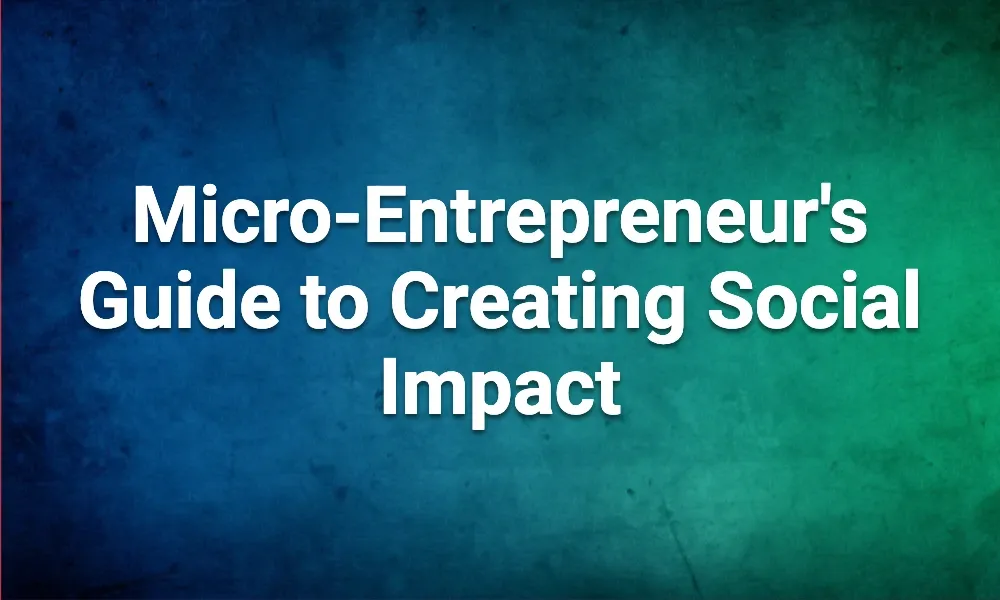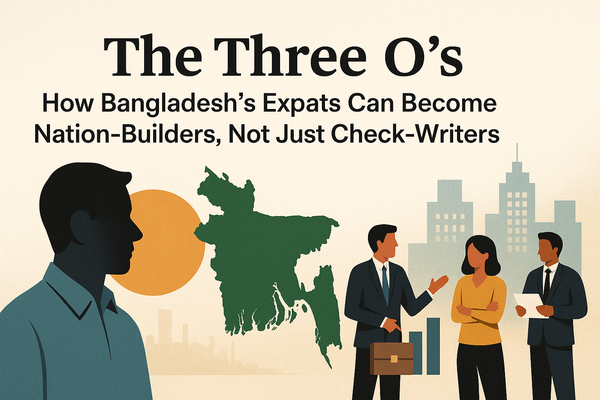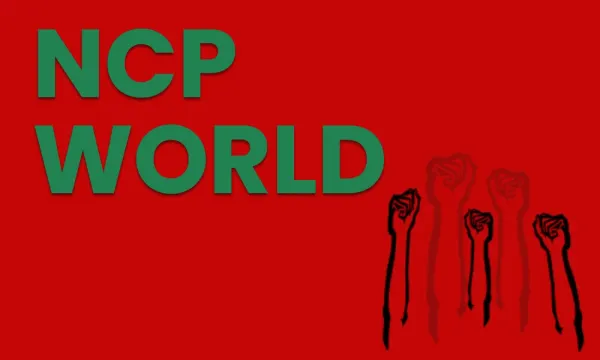Micro-Entrepreneur's Guide to Creating Social Impact
Dr. Yunus envisions a world with three zeros: zero poverty, zero unemployment, and zero net carbon emissions. As a micro-entrepreneur, you can contribute to this vision while building a sustainable business that focuses on solving social problems rather than maximizing personal profit.

Table of Contents
Based on Dr. Muhammad Yunus's "A World of Three Zeros"
The Three Zeros Vision
Dr. Muhammad Yunus envisions a world with three zeros: zero poverty, zero unemployment, and zero net carbon emissions. As a micro-entrepreneur, you can contribute to this vision while building a sustainable business. This guide translates his revolutionary concepts into practical steps for small-scale entrepreneurs.
Understanding Social Business Principles
Social business is a cause-driven enterprise that operates like a traditional business but focuses on solving social problems rather than maximizing personal profit. Key characteristics:
- Purpose-driven: Addresses specific social or environmental problems
- Self-sustaining: Generates enough revenue to cover costs and reinvest
- Non-loss, non-dividend: Profits are reinvested to expand impact, not distributed to owners
- Scalable: Designed to grow and multiply impact over time
The Micro-Entrepreneur's Advantage
As a micro-entrepreneur, you have unique advantages in creating social impact:
- Agility: Quick decision-making and adaptation to community needs
- Local knowledge: Deep understanding of local problems and cultural context
- Low overhead: Minimal bureaucracy allows more resources to go toward impact
- Personal connection: Direct relationships with beneficiaries and stakeholders
Identifying Your Social Business Opportunity
Step 1: Problem Identification
Look for problems in your immediate environment:
Community Assessment Questions:
- What daily struggles do people in your community face?
- Which basic needs are inadequately met?
- What environmental challenges exist locally?
- Where do you see waste or inefficiency?
Focus Areas to Consider:
- Healthcare access and affordability
- Education and skill development
- Clean water and sanitation
- Sustainable energy solutions
- Food security and nutrition
- Financial inclusion
- Waste management and recycling
- Employment creation
Step 2: Market Research on a Budget
Free Research Methods:
- Conduct informal surveys in your community
- Observe daily life patterns and challenges
- Talk to local leaders, teachers, and health workers
- Use social media to gauge community interest
- Partner with local organizations for data sharing
Key Questions to Answer:
- How many people are affected by this problem?
- What solutions currently exist, and why are they insufficient?
- What would people pay for a solution?
- Who are the key stakeholders and influencers?
Step 3: Solution Design
Design Principles:
- Simplicity: Solutions should be easy to understand and use
- Affordability: Accessible to your target population
- Sustainability: Environmentally and economically viable
- Scalability: Potential for growth and replication
Building Your Social Business Model
Revenue Generation Strategies
Direct Sales Model:
- Sell products or services directly to beneficiaries
- Price appropriately for your target market
- Focus on volume rather than high margins
Cross-Subsidization:
- Serve paying customers to subsidize services for the poor
- Example: Sell premium products to fund basic services
Partnership Revenue:
- Collaborate with NGOs, government agencies, or corporations
- Provide services under contract
- Leverage grants and social impact funding
Cost Management
Minimize Fixed Costs:
- Start from home or use shared spaces
- Rent or lease equipment instead of buying
- Use digital tools for operations and marketing
Maximize Variable Efficiency:
- Buy materials in bulk when possible
- Develop local supplier relationships
- Train community members to help with operations
Impact Measurement
Key Performance Indicators (KPIs):
- Number of people served
- Quality of life improvements
- Cost savings for beneficiaries
- Environmental impact (waste reduced, energy saved)
- Job creation and income generation
Simple Tracking Methods:
- Customer feedback surveys
- Photo documentation of changes
- Monthly impact reports
- Community testimonials
Financing Your Social Business
Bootstrap Funding Strategies
Personal Resources:
- Start with your own savings
- Use personal assets as collateral
- Reinvest early profits immediately
Community Funding:
- Organize local fundraising events
- Create community investment groups
- Offer pre-sales to early supporters
Microfinance Options:
- Apply to local microfinance institutions
- Join savings and credit cooperatives
- Explore peer-to-peer lending platforms
Alternative Funding Sources
Social Impact Investors:
- Research impact investment funds
- Apply to social entrepreneurship competitions
- Connect with angel investors focused on social impact
Grants and Competitions:
- Apply for small business grants
- Enter social entrepreneurship competitions
- Seek funding from foundations focused on your cause
Crowdfunding:
- Use platforms like Kickstarter or GoFundMe
- Tell your story compellingly
- Offer meaningful rewards to backers
Implementation Roadmap
Phase 1: Foundation (Months 1-3)
Week 1-2: Problem Validation
- Conduct 20+ interviews with potential beneficiaries
- Research existing solutions and their limitations
- Define your unique value proposition
Week 3-4: Business Model Development
- Create a simple business plan
- Calculate basic financial projections
- Identify key partnerships needed
Months 2-3: Minimum Viable Product (MVP)
- Develop a basic version of your solution
- Test with a small group of users
- Gather feedback and iterate
Phase 2: Launch (Months 4-6)
Market Entry:
- Launch with 10-20 initial customers
- Implement feedback systems
- Refine operations based on real-world experience
Team Building:
- Hire or train 1-2 key helpers
- Establish standard operating procedures
- Create simple quality control systems
Phase 3: Growth (Months 7-12)
Scale Operations:
- Expand to serve 50-100 customers
- Develop partnerships with local organizations
- Implement systematic impact measurement
Financial Sustainability:
- Achieve break-even point
- Reinvest profits into growth
- Explore additional revenue streams
Phase 4: Expansion (Year 2+)
Geographic Expansion:
- Replicate model in nearby communities
- Train local entrepreneurs to run satellite operations
- Develop franchise or licensing opportunities
Impact Amplification:
- Partner with larger organizations
- Influence policy and systemic change
- Share your model with other entrepreneurs
Overcoming Common Challenges
Challenge 1: Limited Resources
Solutions:
- Start small and grow organically
- Use technology to reduce costs
- Partner with established organizations
- Focus on high-impact, low-cost solutions
Challenge 2: Market Education
Solutions:
- Demonstrate benefits through pilot programs
- Use satisfied customers as advocates
- Partner with trusted community leaders
- Provide education alongside your solution
Challenge 3: Sustainability Concerns
Solutions:
- Diversify revenue streams
- Build strong community relationships
- Continuously innovate and adapt
- Maintain focus on core mission
Challenge 4: Measurement Difficulties
Solutions:
- Use simple, consistent metrics
- Collect stories alongside data
- Engage beneficiaries in measurement
- Focus on outcomes, not just outputs
Tools and Resources
Essential Tools
Planning and Organization:
- Business Model Canvas template
- Simple financial tracking spreadsheet
- Impact measurement framework
- Customer feedback forms
Communication:
- Social media presence
- Simple website or blog
- Email newsletter
- Community presentation materials
Operations:
- Inventory management system
- Customer relationship management
- Quality control checklists
- Partnership agreements templates
Recommended Reading
- "Creating a World Without Poverty" by Muhammad Yunus
- "The Blue Book on Information Age Inquiry" by Diana Whitney
- "The Lean Startup" by Eric Ries
- "Doughnut Economics" by Kate Raworth
Online Resources
- Yunus Social Business Centre websites
- Social entrepreneurship online courses
- Impact measurement tools and frameworks
- Microfinance institution directories
Success Stories and Examples
Case Study 1: Solar Energy Micro-Enterprise
Problem: Rural community lacks reliable electricity Solution: Solar panel installation and maintenance service Impact: 150 households with clean energy, 3 jobs created Key Success Factors: Community trust, technical training, micro-payment system
Case Study 2: Waste Management Social Business
Problem: Improper waste disposal causing health issues Solution: Door-to-door waste collection and recycling service Impact: 500 households served, 80% waste reduction, 5 jobs created Key Success Factors: Municipal partnership, community education, value-added services
Case Study 3: Education Technology Initiative
Problem: Limited access to quality education materials Solution: Digital learning center with tablet-based lessons Impact: 200 students improved literacy rates, 2 teachers trained Key Success Factors: Local language content, affordable pricing, parent engagement
Your Journey to Impact
Creating a social business as a micro-entrepreneur is both challenging and rewarding. Remember Dr. Yunus's core message: business can be a force for good when designed with the right intentions and principles.
Key Takeaways:
- Start where you are: Use your local knowledge and resources
- Think impact first: Let social purpose drive business decisions
- Stay lean and agile: Adapt quickly to community needs
- Measure what matters: Track both financial and social returns
- Build for sustainability: Create systems that can grow and endure
- Connect with others: Join the global social business movement
Your Next Steps:
- Complete the problem identification exercise
- Conduct your first 10 community interviews
- Draft your social business concept
- Connect with local mentors and potential partners
- Start building your minimum viable product
Remember, every social business starts with a single step. Dr. Yunus began with a $27 loan to 42 women in Bangladesh and revolutionized global thinking about poverty and entrepreneurship. Your micro-enterprise can be the beginning of significant change in your community and beyond.
The world needs more entrepreneurs who dare to dream of a better future and have the courage to make it happen. Join the movement toward three zeros – your community and the world are waiting for your unique contribution.




